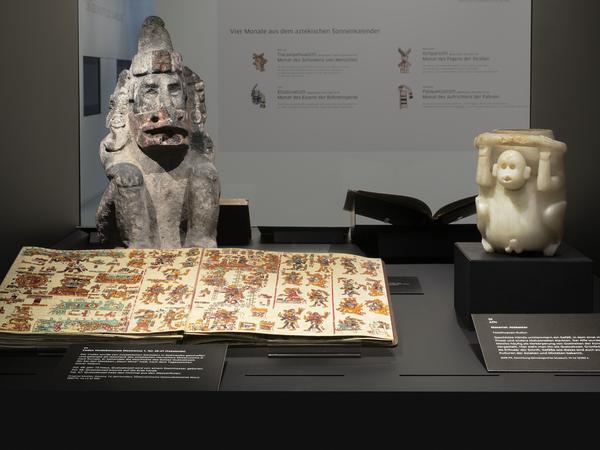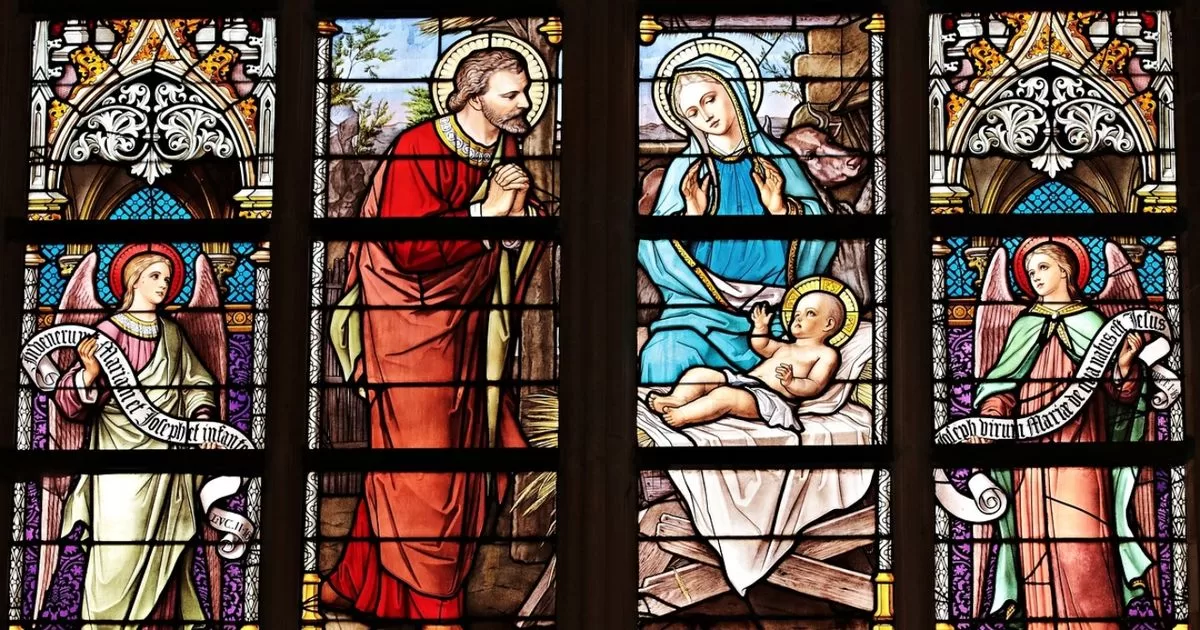Gold dust, hammered gold sheets of various sizes and shapes, and woven clothing: the Aztecs were masters of statistics and recorded long lists in their imagery of the taxes that residents of the territories they occupied had to pay.
For example, a tax register drawn on 15 sheets of Amate paper and measuring 4.3 meters in length counts the debts that the kingdom of Tlapan had to pay to the Aztecs since 1486. This extraordinary written document entitled “Codex Humboldt Fragment I” from 1522 is one of the top works of the “Manuscripta americana”, a collection of indigenous pre-colonial and colonial manuscripts. Above all, they were collected by the Berlin naturalist and cultural researcher Alexander von Humboldt, who acquired the first objects from the collection of a Milanese at an auction in Mexico in 1806. Further purchases followed. This is how the manuscripts ended up in the collections of the Royal Museums in Berlin.
Significant parts of this collection can be seen until February 26 in a spectacular exhibition of manuscripts from indigenous communities in Central and South America in the Stabi Kulturwerk of the Unter den Linden State Library in cooperation with the Federal Institute for Materials Testing.
In parts they read like comics – from bottom to top and from right to left. On the document on the levy statistics, the tributes from 1504 to 1521 are listed in columns, the objects are painted and the totals are also shown in three-dimensional form: one can count who had to deliver what and when. The “Manuscripta americana” exhibition promises to be “on the trail of the Aztecs”. And here you can find out: They were definitely obsessed with detail.
The Aztecs had been the dominant power in central Mexico since 1430, but the bloody conquest of the Spaniards under Hernán Cortés in 1521 put an abrupt end to this. But not the form of administration: the Spaniards integrated the indigenous communities into their administration at the lowest level, so tax and duty lists continued to be painted in the style of the old Mexican manuscripts.

A tax list shows nine households from two localities. Men are painted on the left, women on the right with their heads and inscriptions, even widow status is noted. A red dot represents a real. Some households pay eight, some only four real taxes.
At least locally, the claim to power lasted longer: a leaf by the Aztec ruler Tizoc from 1543 shows the ruler seated in front of the war hieroglyph of shield and arrows. A blue speech bubble floats in front of his mouth with the declaration of war on all the locations marked with a location hieroglyph and a destroyed building.
The Spanish Catholic Church saw the writings of the indigenous people as the stuff of the devil and had countless manuscripts destroyed. Valuable information on the way of life in indigenous societies was irretrievably lost. In the early days of the conquest, however, monks still used Aztec imagery to teach them catechism. The Franciscan Father Jacobo de Testera first introduced picture panels with Christian content, which are read from top left to right.
The self-confident resistance of the Aztecs against the colonialists is also documented: a 57 centimeter long fragment of a pictographic complaint from central Mexico from the 16th century shows beds, chairs, disks and boards as well as four prisoners tied to a wooden beam. The lawsuit had been filed by an indigenous community against Spaniards who had not paid for handicraft services.
The objects, some of which are displayed in showcases, are supplemented by Aztec objects such as an alabaster monkey that served as a writing container, or various figures of gods.
The path of the collection and other objects to Berlin is also traced – and how the city lost parts at the end of the Second World War. A large media table explains the digitized manuscripts that are kept in the Biblioteka Jagiellonska in Kraków. The German Research Foundation had funded research into the entire manuscript inventory in Berlin and Poland, which is now being presented together for the first time.
To home page



